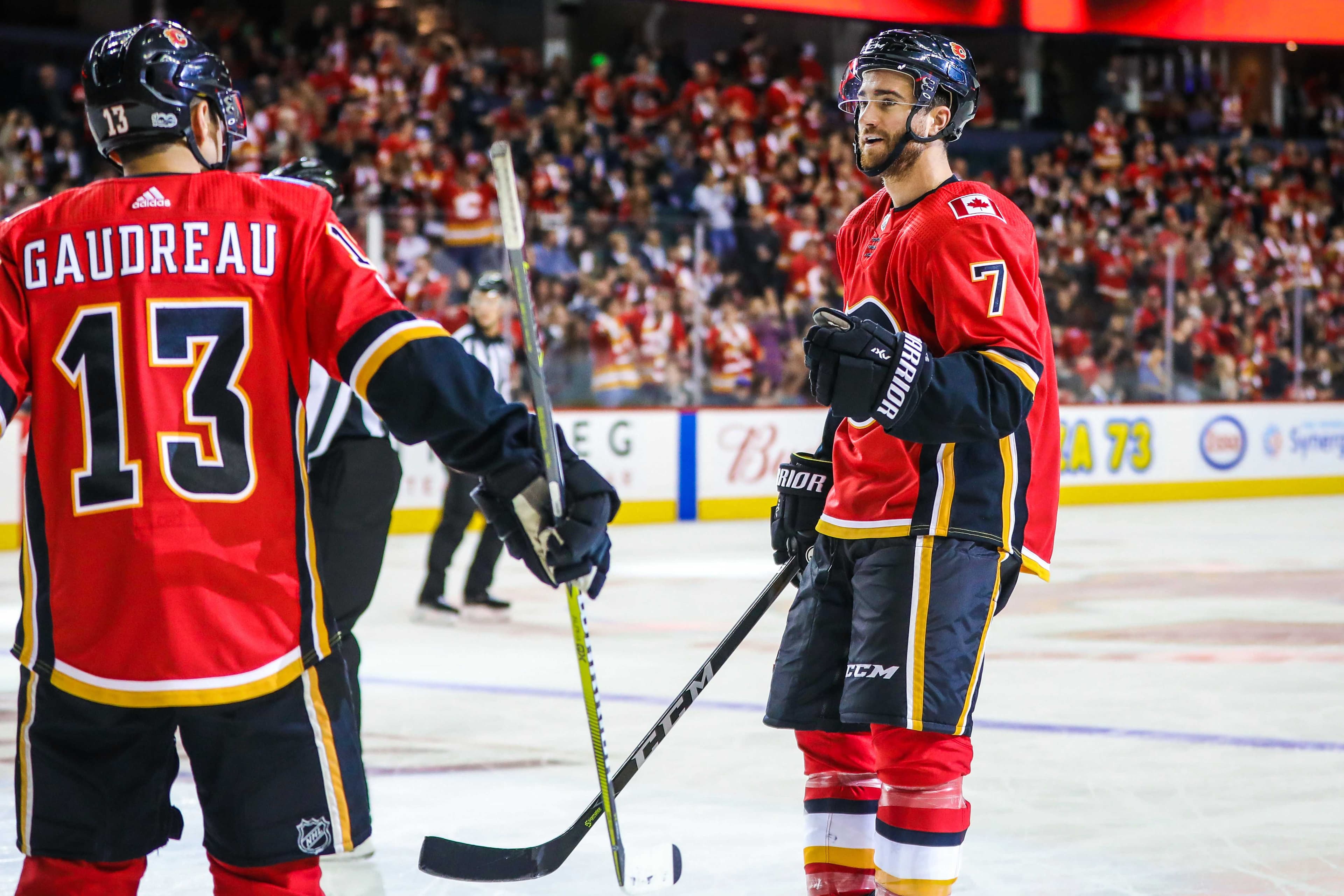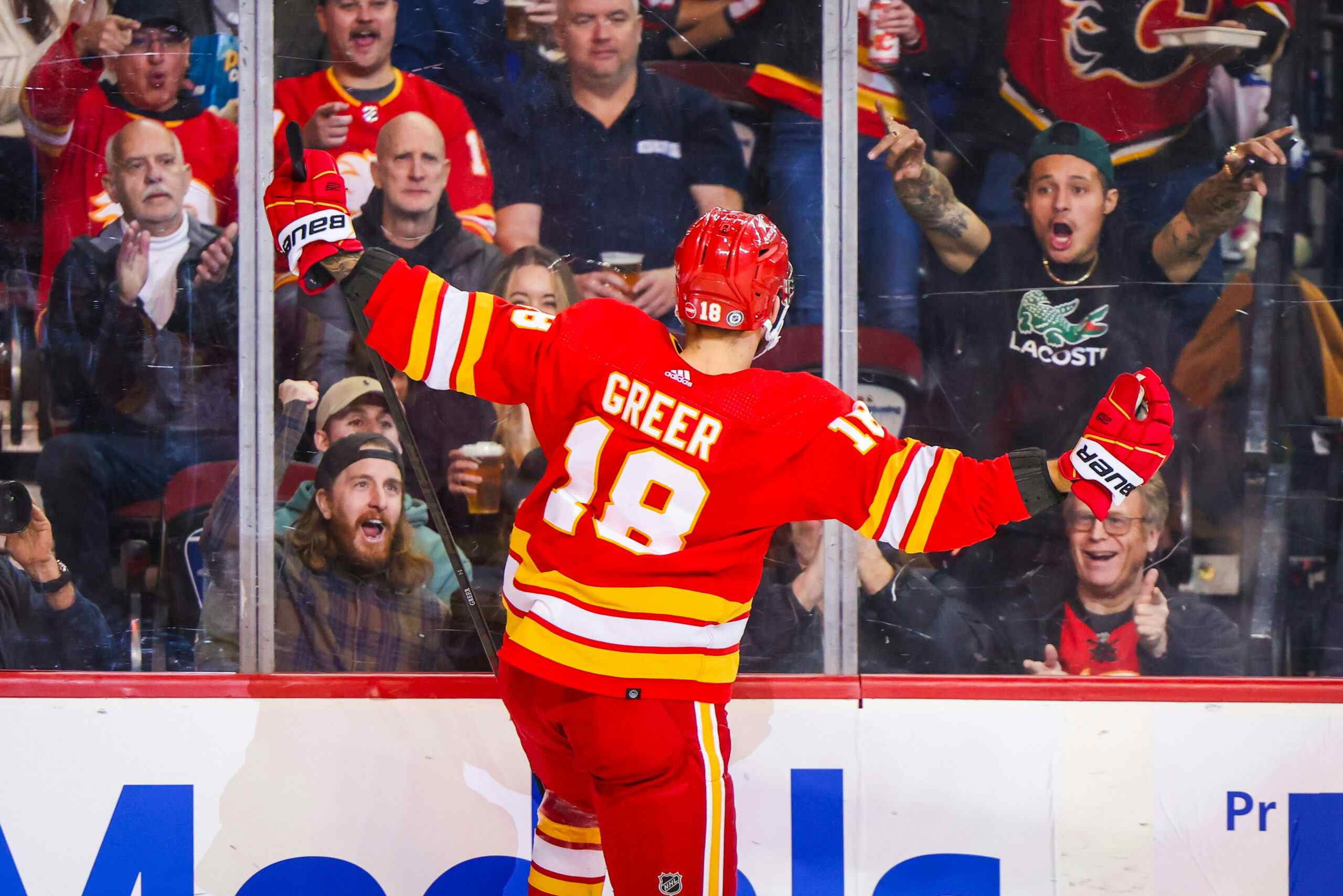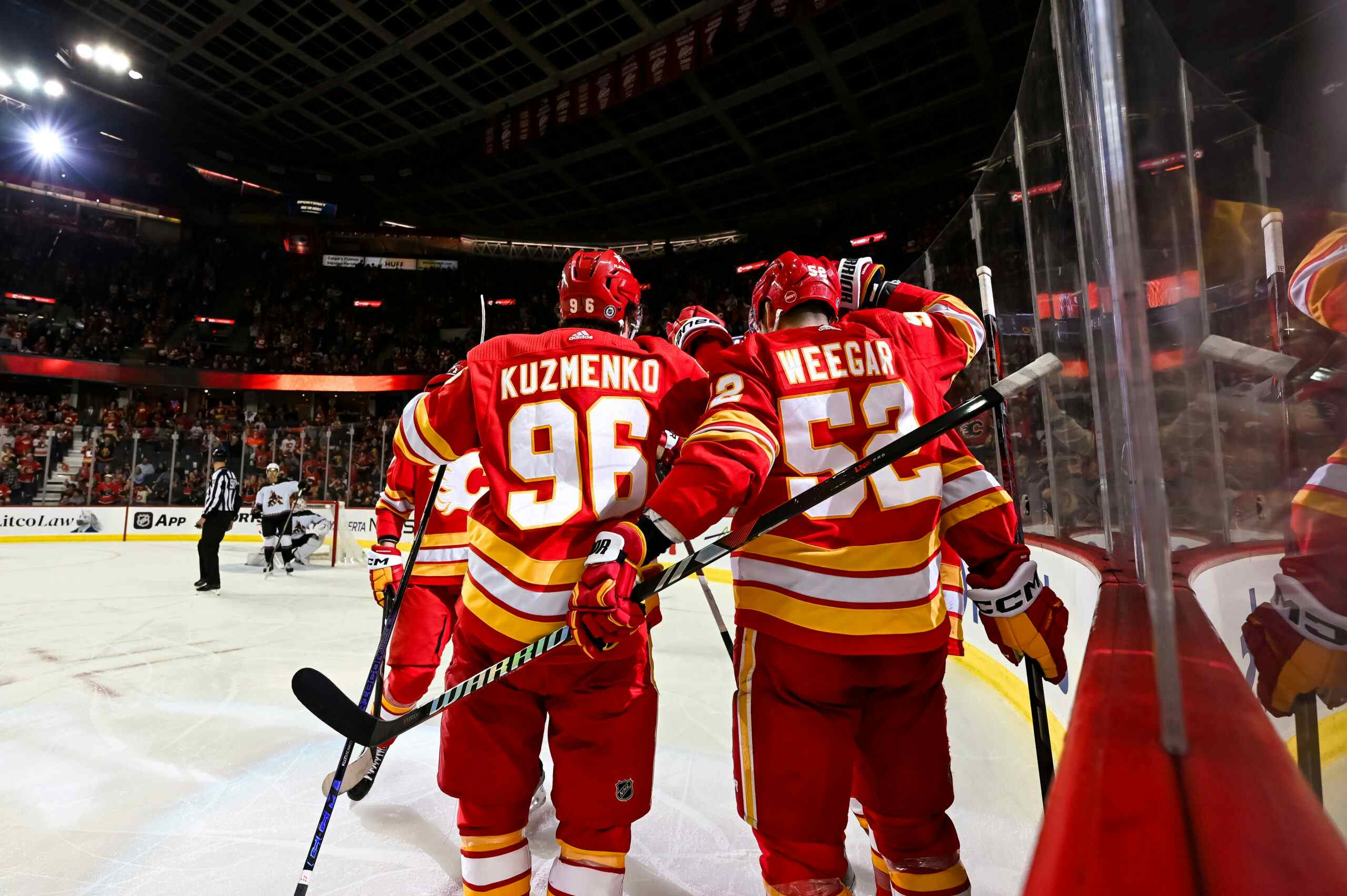Best case vs. worst case scenarios for the 2018-19 Flames

By Ari Yanover
5 years agoThe march towards the start of the NHL season is when optimism abounds. The team has refreshed and upgraded itself in the offseason. New additions and rookies have found or earned their spots. Anything that went wrong can always be attributed to preseason results not counting and rust still being shaken off.
Everything comes with a shiny new paint of coat, and it’s all very exciting.
But that’s before everything goes horribly wrong. The new additions weren’t so good after all. The rookies that made the team were preseason good, but aren’t actually ready for the NHL level. That one player your team felt it was totally fine to discard between seasons? Turns out they really needed him, and now the entire thing is going to collapse.
The 2017-18 season came undone, but there were promising results before it gave up and burst at the seams towards the final few months. But before all of that, there was a lot of optimism abounding: four forward lines that could score, a stacked defence, a savvy veteran starting goalie not too far removed from some pretty good years…
Oh dear god, it’s 2017-18 all over again, isn’t it.
Or maybe they learned from experience and got it right this time.
Let’s take a look at the best and worst case scenarios that may lie ahead for the Flames through 2018-19.
Forwards
| Best case | Worst case |
| Johnny Gaudreau and Sean Monahan keep doing Johnny Gaudreau and Sean Monahan things; that is, point-per-game and 30+ goal seasons, respectively, and then some. Gaudreau remains one of the league’s top producers, while a healthy Monahan takes his game to the next level. | Gaudreau still puts up 60+ points, but fails to reach his career highs, or look like he’s even capable of getting back there again. Monahan fails to hit 60+ points, and is more affected by the previous season’s injuries than estimated. |
| Elias Lindholm hits new career highs, whether he’s playing alongside Gaudreau and Monahan long-term or not. His presence as a right-shot centre gives the team new options that lead to a lot more success overall. | Lindholm has already topped out as a 40-something-point player, and while that’ll help, he won’t really solidify the top six, or give the Flames many options in the forward group at all. |
| The 3M line – or at least those who make it up, whether that line stays or not – returns to its 2016-17 form: high scoring with career years from Mikael Backlund and Michael Frolik, with an ever-improving Matthew Tkachuk reaching new heights in his game, all the while forming an elite shutdown unit. | Backlund falls under .5 points per game for the first time in years while failing to act as an elite shutdown centre, Frolik’s decline truly is on us and his 2017-18 was a sign of things to come rather than a blip on the radar, and Tkachuk has already hit his ceiling as a player. |
| James Neal not only lives up to his recent career averages, but experiences a resurgence and goes on to one of the best seasons of his career – and he’s been over a point-per-game before. | Neal’s performance drops off a cliff much sooner than expected, and his contract looks like an albatross pretty much right away. There is no redemption. |
| Derek Ryan improves on the first two seasons of his career, continuing to flourish as a late bloomer. | Ryan fails to even hit the numbers he put up in his rookie year in Carolina, and isn’t effective at centre. |
| Dillon Dube breaks out. He isn’t just ready for prime time, he announces himself early as a Calder candidate, and only gets better throughout the season. | Dube isn’t ready to actually play in the NHL yet. Neither is Andrew Mangiapane. The Flames are forced to dress Garnet Hathaway and/or Curtis Lazar on a regular basis, ultimately hurting one of their lines. |
| Sam Bennett finally breaks out. For real this time. | Bennett does not break out, again, and fails to even hit 26 points, as he has the past two seasons. |
| Mark Jankowski bests his rookie season, showing new offensive flair and elevated ability to have an impressive sophomore campaign. | Jankowski was just a flash in the pan as a rookie. That was it. That was the best season he’ll ever have. |
| Austin Czarnik proves to be worth the bidding war that centred around him in the offseason, breaking out as an NHL regular who puts up points. | Czarnik’s one of those tweeners who’s too good for the AHL, but not good enough for the NHL. Toss in no forward prospects being ready and the Flames’ lines will be hurting. |
Defence
| Best case | Worst case |
| TJ Brodie and Mark Giordano are reunited and it feels so good – that is to say, they capture the magic that made them one of the best defence pairings in the NHL from a few years back, consistently shutting down top competition and putting quite a few points on the board over the course of the entire season. | Age catches up to Giordano, and Brodie’s decline is so pronounced nobody can save it, effectively leaving the Flames without a top defence pairing. |
| After a full season with a new team, Travis Hamonic returns to form, putting up anywhere from 20-30+ points and consistently shutting down opponents. | Hamonic will never be as good as those couple of years he was at his peak in New York. He can’t score at all, and gets burned regularly in his defensive responsibilities. |
| Noah Hanifin is far better than anyone could have imagined. He puts up a career year – well over 30 points – and it’s the start of his new normal. | Hanifin busts, unable to be much more than a 20-point defenceman with questionable defensive awareness at absolute best. |
| Michael Stone experiences a career resurgence, putting up one of the best seasons he’s ever had and going above and beyond in his role as a third pairing guy. | Stone continues to flop, barely scoring and regularly allowing the opposing team to score while he’s on the ice. He drags his rookie defence partner down with him, permanently stunting his development. |
| Juuso Valimaki is ready for the NHL. He is so ready. He ends up competing with Dube for Calder consideration, laying on the points just like he did in junior while shoring up whichever pairing he’s on – because maybe he gets himself into the top four sooner rather than later. | Valimaki is not ready for the NHL. He is very much not ready at all. He doesn’t even get a nine-game tryout, he’s so not ready. |
| Rasmus Andersson continues to chomp at the bit, forcing himself into the lineup, whether it be due to injury or sheer force of will because he’s just playing that strongly, and he never looks back at the AHL ever again. He brings his offence up with him. | Andersson is not ready either. No defence prospect is ready. The Flames have a gaping hole at the third pairing with no possible way to fill it, and their entire backend completely falls apart. |
Goaltending
| Best case | Worst case |
| Remember that time Mike Smith had a .930 save percentage season? He does that again. | Remember that time Smith had a .904 save percentage season? He does that again. Actually, he’s worse. |
| Not only do both David Rittich and Jon Gillies prove themselves, but they’re so good either one easily looks like he could be the starter next season. The Flames’ goaltending woes are completely solved. | Neither Rittich nor Gillies are able to recover from the past season’s surprise thrust into the starter’s role. Both flounder, and the Flames are left with no options in net. |
Overall
| Best case | Worst case |
Recent articles from Ari Yanover





